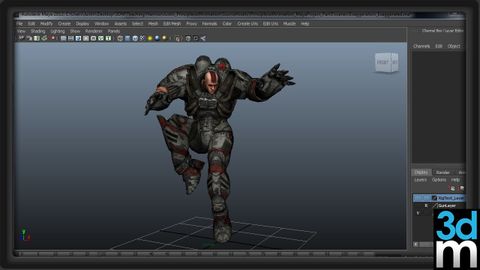ポーズとパフォーマンスの誇張 - 3dmotive (Exaggeration in Poses and Performances - 3dmotive)
黃建彰 が 2021 年 01 月 14 日 に投稿  この条件に一致する単語はありません
この条件に一致する単語はありません- n.馬銜(はみ);少し : 部分;ビット;錐;小銭;ちょっとしたこと
- v.i.魚が餌に食らいつく
- adv.少し
- v.t.噛んだ
- idiom全く~ない;自分の役割を果たす
US /ɪgˈzædʒəreɪt/
・
UK /ɪgˈzædʒəreɪt/
US /ˈkærəktɚ/
・
UK /'kærəktə(r)/
- n.(物語 : 映画 : 演劇などの)登場人物;文字;性格 : 性質;変わっている人;評判
- v.t.(人をある状態に)置く;(ものをある位置に)置く;順位をつける;注文する;思い出す
- n. (c./u.)場所;位置;立場;町
エネルギーを使用
すべての単語を解除
発音・解説・フィルター機能を解除

